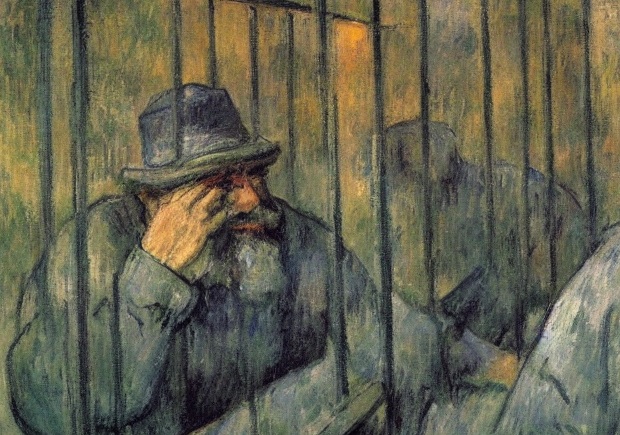Gender bias is a significant issue that can impact various aspects of society, including the criminal justice system. While there is often a focus on gender biases against women in the criminal justice system, it’s important to acknowledge that men can also face biases that may affect how criminal law is applied in Canada. This article explores the intersection of gender and criminal law in Canada, sheds light on the challenges faced by men, and highlights the need to address biases against men within the criminal justice system.
Men, like women, can face biases at different stages of the criminal justice system in Canada. For instance, men may face biases in police interactions, arrest, charging decisions, and court proceedings. Studies have shown that men from marginalized communities, such as Indigenous men and men of color, may be more likely to be profiled or targeted by law enforcement, leading to disparities in how they are treated within the criminal justice system.
Moreover, men may also face biases in sentencing decisions. Research has shown that men, particularly those from lower socio-economic backgrounds, may receive harsher sentences compared to women for similar offenses. Factors such as gender stereotypes, societal expectations of male behavior, and cultural norms can influence how men are perceived and treated within the criminal justice system.
Furthermore, there may be biases against men in cases involving gender-based violence, such as domestic violence and sexual assault. Men who are victims of domestic violence or sexual assault may face unique challenges, including societal perceptions that men cannot be victims or that male victims are not as deserving of support as female victims. Men may also face barriers in accessing support services or reporting cases of gender-based violence due to fears of stigma or disbelief.
Efforts to address biases against men in the criminal justice system have been gaining attention in recent years. This includes recognizing that men, like women, can also be victims of gender-based violence and need access to support services and justice. It also involves promoting gender-neutral approaches in criminal law and justice, which ensure that individuals of all genders are treated equitably and without bias.
Additionally, efforts have been made to address the intersectionality of gender with other forms of discrimination that may affect men, such as race, sexual orientation, and socio-economic status. Intersectional approaches aim to understand and address the unique experiences and challenges faced by men who belong to multiple marginalized communities. This includes developing programs, policies, and initiatives that take into account the diverse needs and circumstances of men within the criminal justice system.
Furthermore, advocacy and awareness-raising efforts are crucial in addressing biases against men in the criminal justice system. Organizations such as the Canadian Association for Equality, Men’s Rights Edmonton, and other men’s rights groups have been advocating for fair and unbiased treatment of men in the criminal justice system. These organizations work towards raising awareness about biases against men and advocating for policy changes that promote gender equality in criminal law and justice.
In conclusion, the intersection of gender and criminal law in Canada encompasses biases against both men and women. While there is often a focus on gender biases against women in the criminal justice system, it’s important to acknowledge that men can also face biases that may affect how they are treated within the system. Efforts to address biases against men include recognizing the unique challenges faced by men, promoting gender-neutral approaches, addressing intersectional discrimination, and advocating for policy changes. By addressing biases against both men and women, we can strive towards a more fair, inclusive, and equitable criminal justice system in Canada.

